Our present effort is to study in detail and collate the volley of information found scattered in different texts on the Muhoortha branch of astrology, analyze, understand some of the significant minutiae of Muhoortha and present them cogently in the form of a handbook for easy reference and assimilation.
This book IN 2 VOLUMES comes very handy to a layman, to understand how a suitable time for each activity is selected. Our present effort is to study in detail and collate the volley of information found scattered in different texts on the Muhoortha branch of astrology, analyze, understand some of the significant minutiae of Muhoortha and present them cogently in the form of a handbook for easy reference and assimilation. The tables contain the details of accepted Nakshatras, Tithis and Weekdays and wherever necessary the Nityayogas and Karanas in separate rows, for different functions, indicated under separate heads at the top. Under each of the select activity for which suitable muhoorthas have to be decided, the acceptable nakshatras, tithis and weekdays are furnished in column two. The acceptable nakshatras have also been given in the alphabetical order, wherever necessary, in the second row¸ to facilitate a quick reference.
In the first volume, starting with the basic concepts of time, he delves into the history of time, and divisions of Time. The short history of calendar takes the reader to the different calendar systems prevalent during the years and takes the reader to the foundations of time and starts with the fundamentals of muhoortha and its character. The next chapter on Muhoortha doashas is excellent in content on muhoortha blemishes and how they can be remedied with simple selection of change of time. The chapter on Nakshatra and suitable deeds, contain muhoortha for deeds that are best suited to each Nakshatra. The deeds have been selected to suit the modern day requirements as well. The Samskaaras chapter delves deep into the history of various samkaaras as prescribed in different classics and its relevance to each samskaaras. The chapter analyses each samskaraas based on different classics like Muhoortha padavi, Madhaveeyam, Kalaprakasika, Kalavidhanam, etc.
In the second volume, of the book, the pitfalls to be avoided for the selection of Muhoortha are presented. The next chapter delves in great detail, the Muhoorthas for different Samskaaras like, Garbhaadaana, Pumsavana, Seemantha, Jaatakarma, Naamakarana, Nishkramana, Annaprasana, Choodaakarma, Karna-vedha, Aksharaabhyaasa, Upanayana, Vedaarambha, Kesantha, Samavarthana and Vivaha. The next section comprises the bulk of the volume which contains muhoortha tables for different deeds based on the present day necessities. Divided into, separate sections like Educational, Farming and Agriculture, Business and Commerce, Building Activities, Legal Matters, Treatment and Medication, Undertaking Travel, Monetary Transactions, Occupational, Religious Rituals, Temple Activities and Miscellaneous etc.
In this book great effort has been made by Sri.V.S. Kalyanraman to elucidate the fundamental principles of arriving at a acceptable muhoortha. In fact this book is a comprehensive analysis of all the classics on Muhoortha.
Contents of Volume 1 – Principles and Perspectives: Preface; 1.Introduction; 2. A Brief History of Time; 3.Divisions of Time; 4. A Short history of Calendar; 5. Foundations of Time; 6. What is Muhoortha; 7. Essentials of Muhoortha; 8. Blemishes or Muhoortha doasha; 9. Nakshatras and Suitable deeds; 10. Samskaaras; 11.Index.
Contents of Volume 2 – Tables for Muhoorthas: 1.Electional Astrology – An Introduction; 2. Some Important Hinits; 3. Muhoorthas for different Sanskaaras; (i). Garbhaadaana; (ii). Pumsavana; (iii). Seemantha; (iv). Jaatakarma; (v). Naamakarana; Soothikasnaana; Jalapoojan a; (vi). Nishkramana; (vii). Annaprasana; Navannaprasana; Aagrayanam; (viii). Choodaakarma; (ix). Krnavedha; (x). Akshara abhyaasa; (xi).Upanayana; (xii). Vedaarambha; (xiii). Kesantha; (xiv). Samavarthana; (xv).Vivaha: Marriage for yajurveds; Making Mangalyasutra 4.Tables of Muhoorthas for specific deeds – (i). Educational; (ii). Farming and Agriculture (iii). Business and Commerce (iv). Building Activities (v). Legal Matters (vi). Treatment and Medication (vii). Undertaking Travel; (viii). Monetary Transactions; (ix). Occupational (x). Religious Rituals (xii). Temple Activities; (xii) Miscellaneous; Glossary; Index of Muhoorthas.


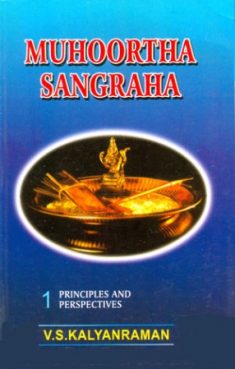
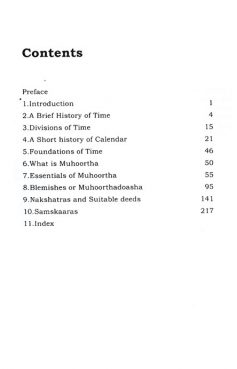
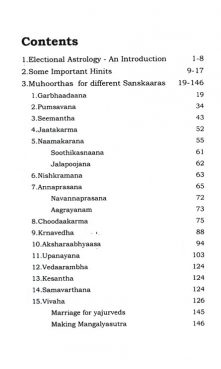
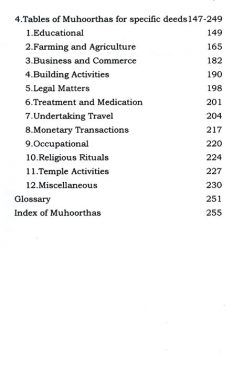
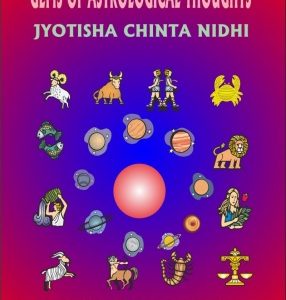


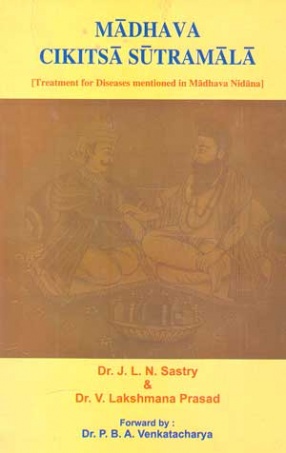

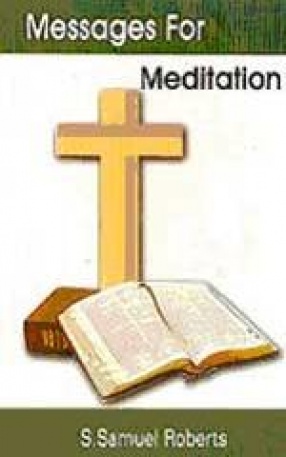
There are no reviews yet.